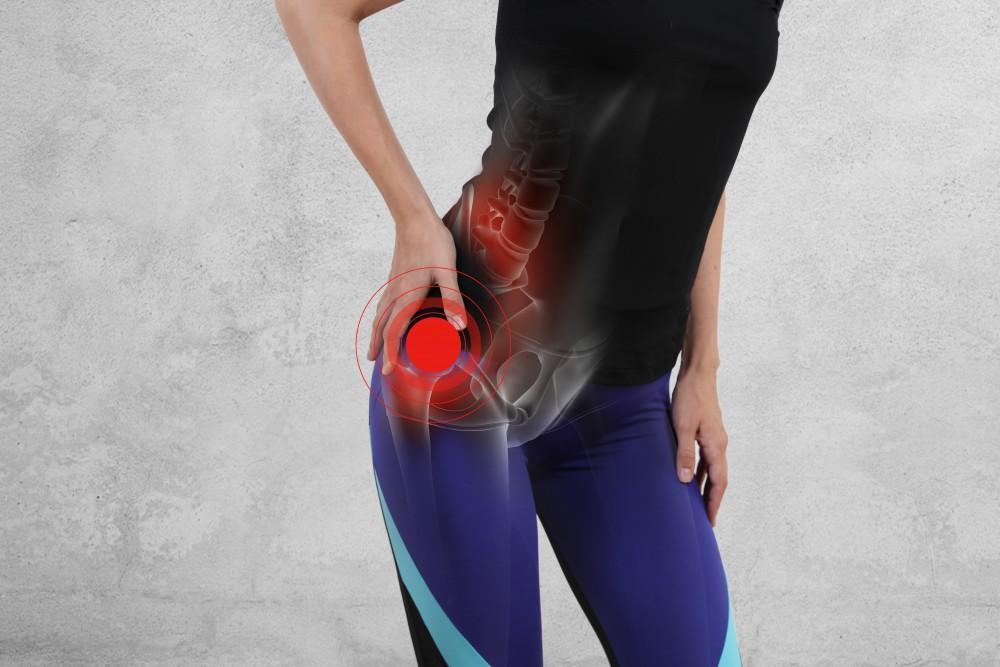Hip pain can disrupt daily routines, impact mobility, and interfere with activities that bring joy. Whether you’re an athlete, an active adult, or simply seeking comfort in your golden years, recognizing the early signs of hip pain is important for staying active and pain-free. Understanding these warning signs can help you address potential issues before they escalate into larger concerns.
Discomfort with Hip Pain
One of the earliest indicators of hip pain is discomfort when moving—particularly during activities like walking, bending, or stretching. If you notice a twinge or ache in your hip when climbing stairs or bending to tie your shoes, it may signal an underlying issue.
- Pay attention to persistent stiffness that doesn’t subside after resting.
- Difficulty bearing weight on one leg could also indicate a problem with hip alignment or joint health.
Limited Range of Motion
Another key sign to look for is decreased flexibility or a limited range of motion in your hip. If simple actions like sitting cross-legged or turning your leg outward feel restricted or unusually difficult. This may lead to a cause for concern.
Reduced range of motion often stems from inflammation, tightness, or other conditions affecting the hip joint. Stiffness that spreads to surrounding areas, such as the lower back or thighs, can also suggest an issue demanding attention. Gentle stretching and low-impact exercises may help alleviate minor tightness, but persistent issues might warrant further evaluation.
Pain During Rest or Sleep
While occasional soreness after physical activity is natural, hip pain that lingers or worsens while you’re resting or sleeping can be a red flag. Nighttime pain might indicate problems like inflammation, muscle strain, or joint stress. Consult a healthcare professional to adress the issue early.
Experiencing discomfort when lying on your side or in certain sleeping positions adds to the concern. Experimenting with proper support, such as an ergonomic pillow, to reduce pressure on the hips as a short-term solution. If this pain becomes a pattern, it’s worth investigating its root cause to ensure your long-term comfort and wellness.
Swelling or Tenderness
Swelling or tenderness in and around the hip area is a sign that inflammation might be present. Causes could range from minor muscle strain to more complex conditions like bursitis or tendonitis. Applying a cold compress can help manage minor swelling. If symptoms persist, consulting a professional can help identify effective treatments for relief.
- Swelling may feel warm to the touch and could be accompanied by redness.
- Tenderness, particularly when applying gentle pressure to the hip, may indicate irritation in soft tissues.
Taking the Next Step
Hip pain often starts small, making it easy to dismiss or ignore. Addressing early warning signs promptly is the key to staying active and healthy. By recognizing discomfort during movement, changes in flexibility, nighttime pain, or localized swelling, you can take action before these issues impact your daily life. If you’re unsure about the next steps or need support in addressing your hip pain, seek advice from a qualified specialist. Early care and preventive measures can make a world of difference in keeping your hip joints healthy and your momentum strong.
